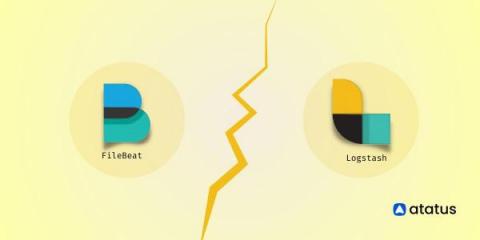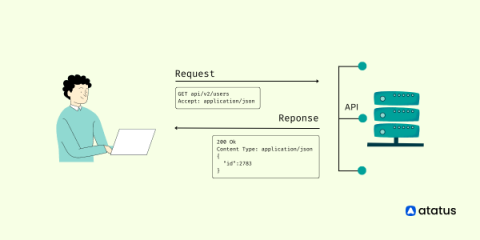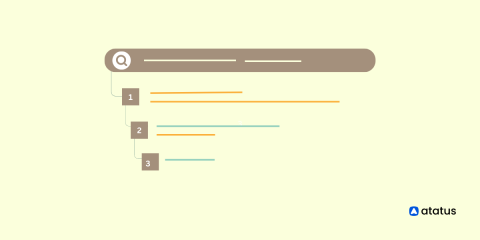Filebeat vs. Logstash: A Quick Comparison
When it comes to managing logs in a distributed environment, two popular open-source tools come to mind: Filebeat and Logstash. While both tools have similar goals, there are significant differences in their functionality and usage. Filebeat is a lightweight log shipper that collects, parses, and forwards logs to various outputs, including Elasticsearch, Logstash, and Kafka.











